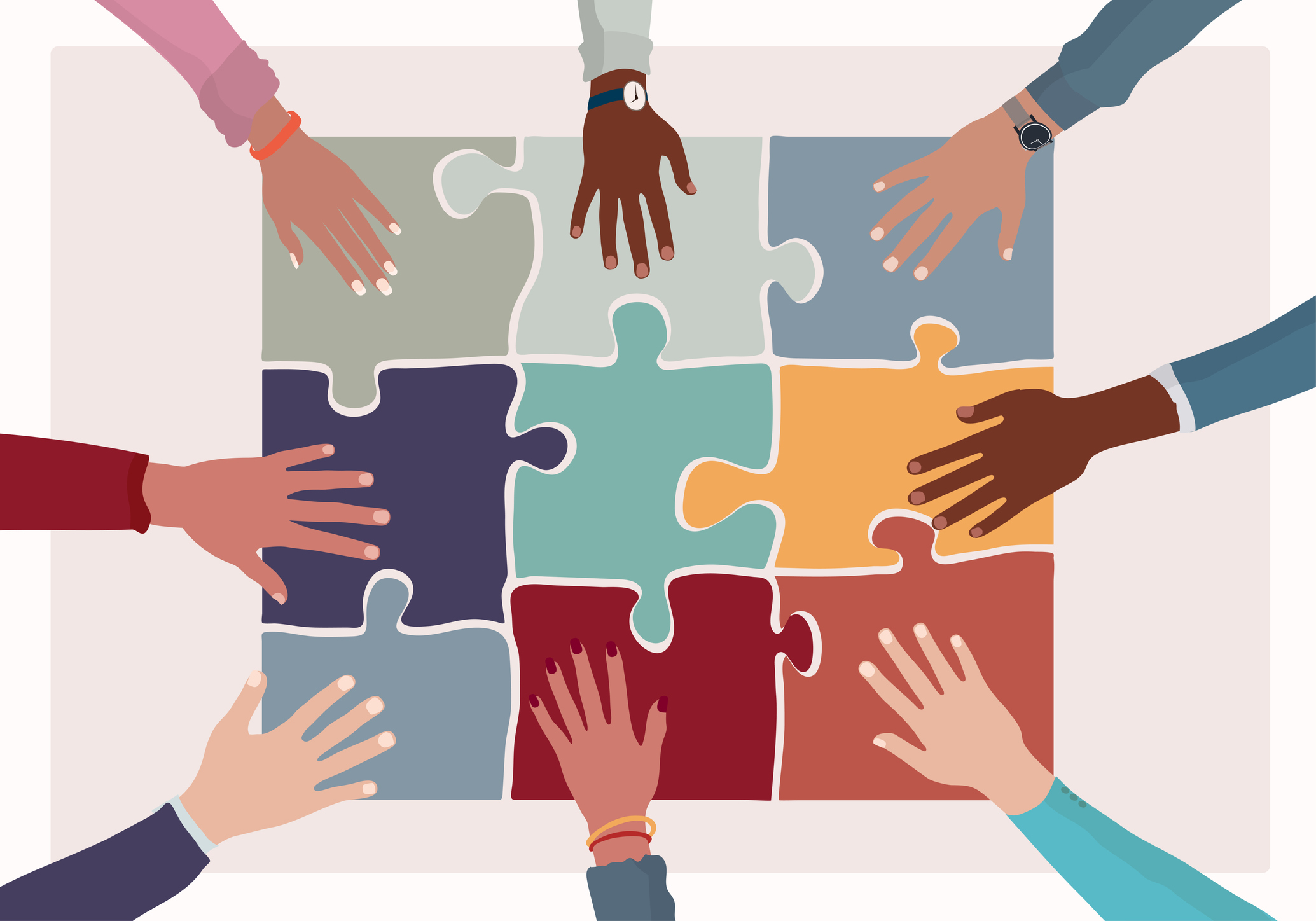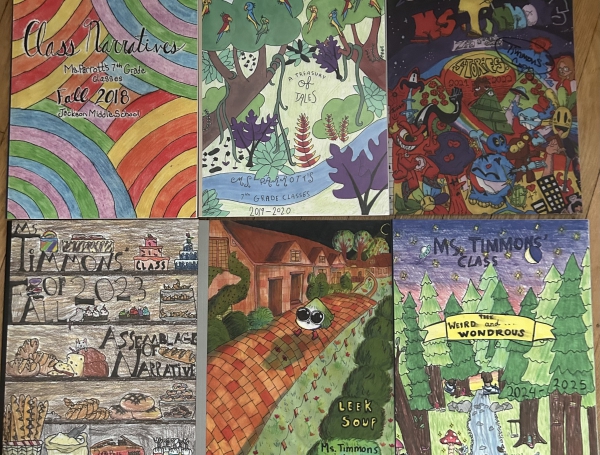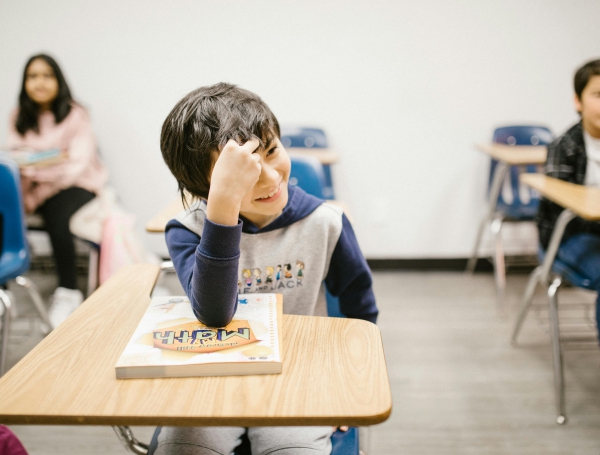

Centering Wellness in the Social Studies Classroom
August 1, 2022
After many years as a special education intervention teacher centering on social-emotional awareness and wellbeing while delivering academic instruction, I taught my first year as a social studies teacher to students who found themselves accessing school through a computer screen while isolated at home. Not only that, as the first days of school rose into being, our town of Portland, Oregon, was rivetted with BLM protests and riot police under orange skies, our lungs burning with wildfire smoke. It was an incredible context for teaching American history, to say the least.
Well aware of the privilege I hold as a guide for historic inquiry during these times of unprecedented change, I carry my social-emotional education expertise from the learning center into my social studies classroom. As an antiracist educator, I have an ethical obligation to employ trauma-informed practices so that my students first develop the ability to step gingerly through investigation of the often-brutal historic seeds that grew into the inequalities we experience in America today. After that, I support them as they acquire a toolbox of engagement strategies that support their healthy empowerment as agents of change at personal and/or systemic levels. An important part of my responsibility toward my students is centering on wellbeing and developing emotional self-awareness.
First of all, every day when students enter my classroom, they complete a Do Now sheet that connects with content but also includes two social-emotional skills (SES) components: an SES rating scale and a checkbox to request a one-on-one verbal check-in. While the class completes warm-up work, I personally collect the Do Now sheets from each table, giving me the opportunity to intervene and support students before making demands of them. Furthermore, the SES supports provides students the daily opportunity to practice self-assessment and communication of needs. It is important that personal needs are acknowledged and respected before stepping into the triggering work of investigation into colonization, genocide, and slavery.
In addition to laying a foundational practice that values and centers wellbeing, I model and guide students to recognize triggers and set personal boundaries. First, when we read historical texts that either support or describe experiences of subjugation or brutality, I verbally recognize the manifestations of stress in my body. I use the think-out-loud strategy to share my emotional response and talk about how the discomfort is showing up in my body. Maybe the information creates an emotional distress that makes my stomach bunch in knots or my heart race. I allow students to share their thoughts and feelings and recognize that sometimes these triggers indicate that we need to take a step back from the content in that moment.
I always allow students to take breaks and to pass if called on during discussions of sensitive content. Furthermore, I offer a menu of readings for especially difficult topics and give trigger warnings on articles so that students can choose whether or not to dig in with certain topics. One example is an article that references sexual violence experienced by Pocahontas. This way, my students learn to self-assess their emotional state and gain autonomy by setting boundaries.
With a foundation of self-care in the social studies classroom, we build a community where we engage in difficult conversations that allow us to better understand ourselves and each other. The ultimate expression of trauma-informed practices is the opportunity to practice engagement as a class through advocacy and service learning, from practicing scripts that prepare students to be upstanders when witnessing racist behavior to collaborating with a local collective of climate justice organizations. By engaging my students in project work that allows them to participate in authentic community solutions, we take our newfound knowledge beyond the classroom walls and transform it into good deeds, small and large. Young people must be equipped with tools to care for themselves before they can be expected to participate in the creation of a more just society. A classroom culture of wellbeing forms the heartbeat that buoys my students’ greatest hopes for justice and social change.
This guest post was written by Stephanie Rege, while taking the online continuing education course, Overcoming Post-Pandemic Stress: A Journey to Wellness.




